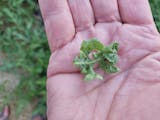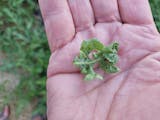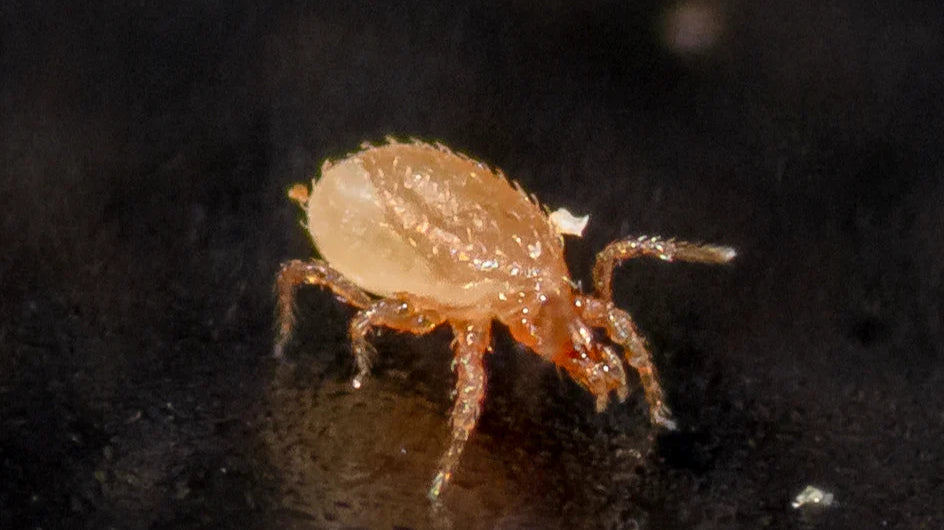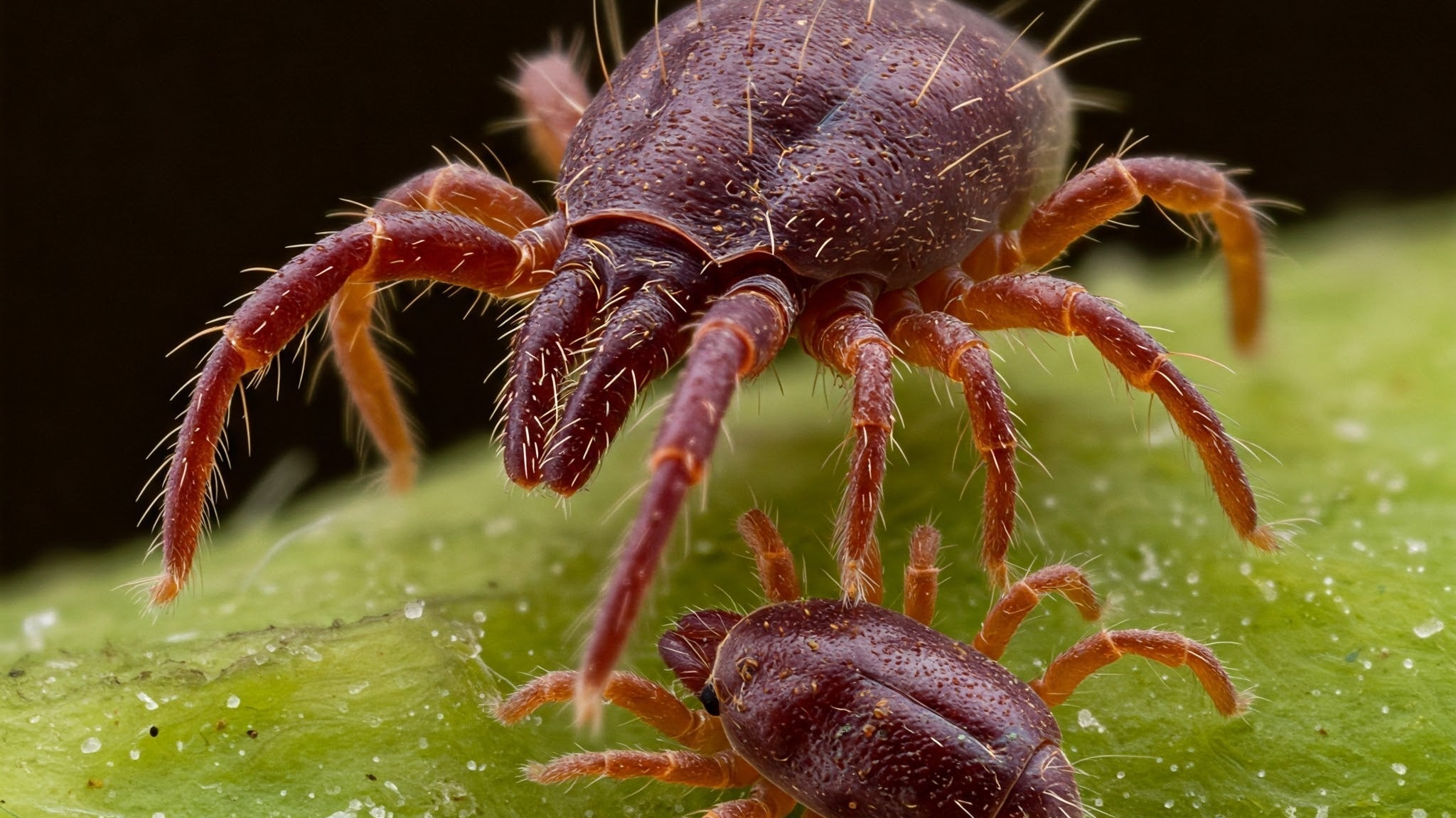Green Lacewing Larvae
Live Pest Control, But Make It Ruthless
When pests show up uninvited and start messing with your plants, Green Lacewing Larvae are the hitmen you want on the scene. These are the “Aphid Lions” you’ve heard about—predatory larvae with one job: eat everything soft-bodied in sight. Aphids? Gone. Mealybugs? Gone. Thrips, spider mites, whiteflies? You get the idea.
What’s Actually in the Container
You’re getting incubated lacewing eggs—not fully hatched larvae. We time it so they begin hatching right around the time they reach you, because once they hatch, things get ugly fast. Lacewing larvae are extremely cannibalistic. If they emerge mid-transit and hang out in the box too long, they’ll eat each other before they even get to your plants.
That’s why we say this as clearly as possible:
Release them immediately upon arrival—even if you don’t see movement yet.
The larvae are tiny (think: splinters with legs) and often hidden in the rice hull carrier. If you prefer to wait and watch, you can leave the container upright in a warm spot out of direct sun and check frequently for up to 48 hours—but fair warning: if they hatch and you miss it, you may only find a few survivors. If you're not sure what you're seeing, grab a hand lens or zoom in with your phone flashlight.
How They Work
-
Stage 1: Larvae Hunt Immediately – Once hatched, they inject a paralyzing enzyme into their prey and suck out the contents. Yes, it's brutal.
-
Stage 2: Pupation – After 2–4 weeks of nonstop eating, they enter cocoons and chill.
-
Stage 3: Adults Emerge – 5–7 days later, adult lacewings hatch, mate, and lay the next generation of eggs near remaining pest hotspots.
What They Target
Aphids, mealybugs, spider mites, thrips (all life stages), whiteflies, and other soft-bodied freeloaders.
Note: they don’t bother scale insects unless they’re soft-bodied nymphs.
When to Use Them
-
Prevention: 1 larva per square foot, every 2 weeks for 3–5 cycles.
-
Active Infestations: 1,000–5,000 larvae per acre, weekly until pest pressure drops. (Or scale up for smaller spaces—think 250–500 for a dense indoor collection.)
Pro Tips
-
Release Right Away: We can’t stress this enough. Cannibalism is real, and fast.
-
Scatter Gently: Spread them evenly on infested plants. Leave the container open nearby for any late hatchers to crawl out on their own.
-
No Pesticides: Avoid any pesticide use for at least 7 days before and after release. Residues can kill them.
-
Need Backup? Add a Good Bug Supplemental Diet if prey is scarce—it keeps your larvae fed and focused.
Storage
-
Storage: Use immediately. If you must wait, store at room temp (not in the fridge) and release within 48 hours.
Still Unsure?
If you're staring into the container and not seeing anything that looks alive, you're not alone. They're microscopic at first and love to hide. Reach out—we're happy to help confirm what you're seeing.
Too Many Options?
We get it. Try our mite/insect matchmaking quiz and instantly get matched to the solutions you may need.
Mite Matters
Optimizing Pest Management in Cannabis Flowering Using Predatory Mites
How to Treat Snake Mites Naturally with Predatory Mites
The Beginner's Guide to Predatory Mites
Predatory mites are the unsung heroes of plant care, working behind the scenes to protect your plants from destructive pests. Unlike chemical treatments, they offer a natural, self-sustaining solution that requires minimal effort on your part. Whether you’re preventing an infestation or fighting off an active one, these microscopic allies get the job done efficiently and effectively.












